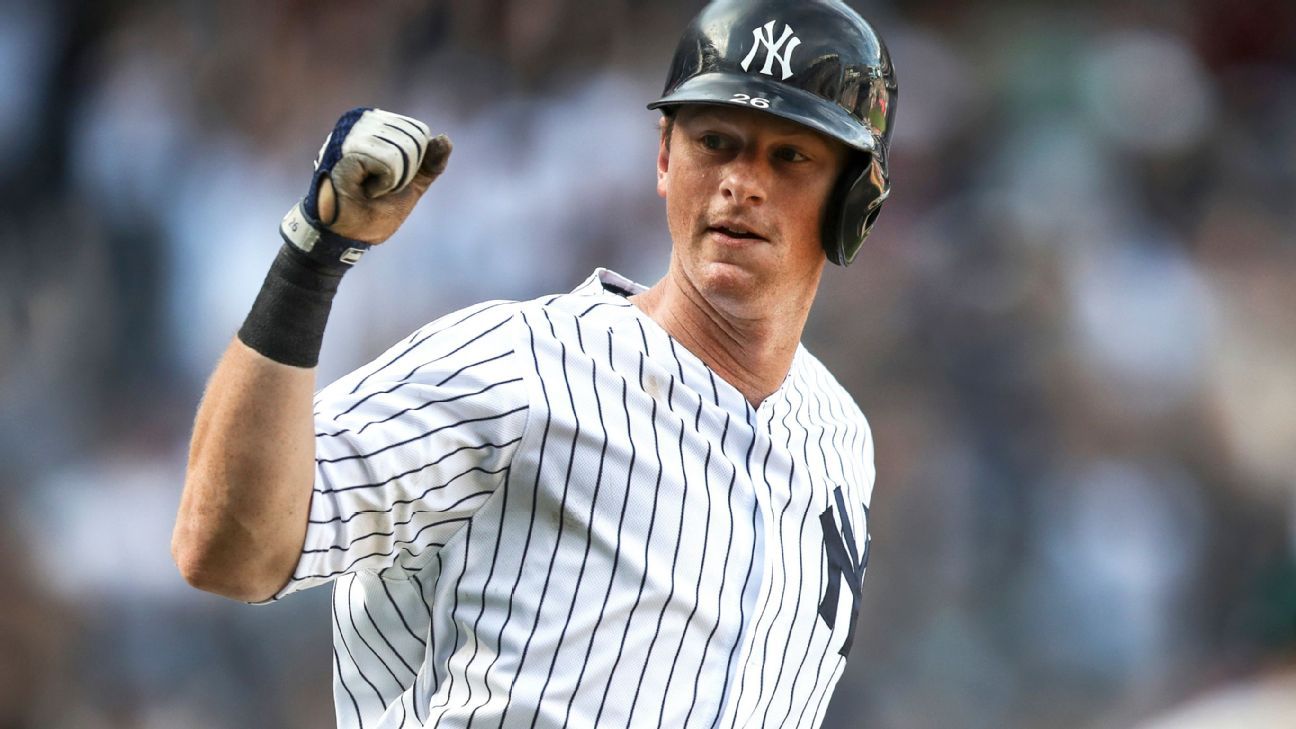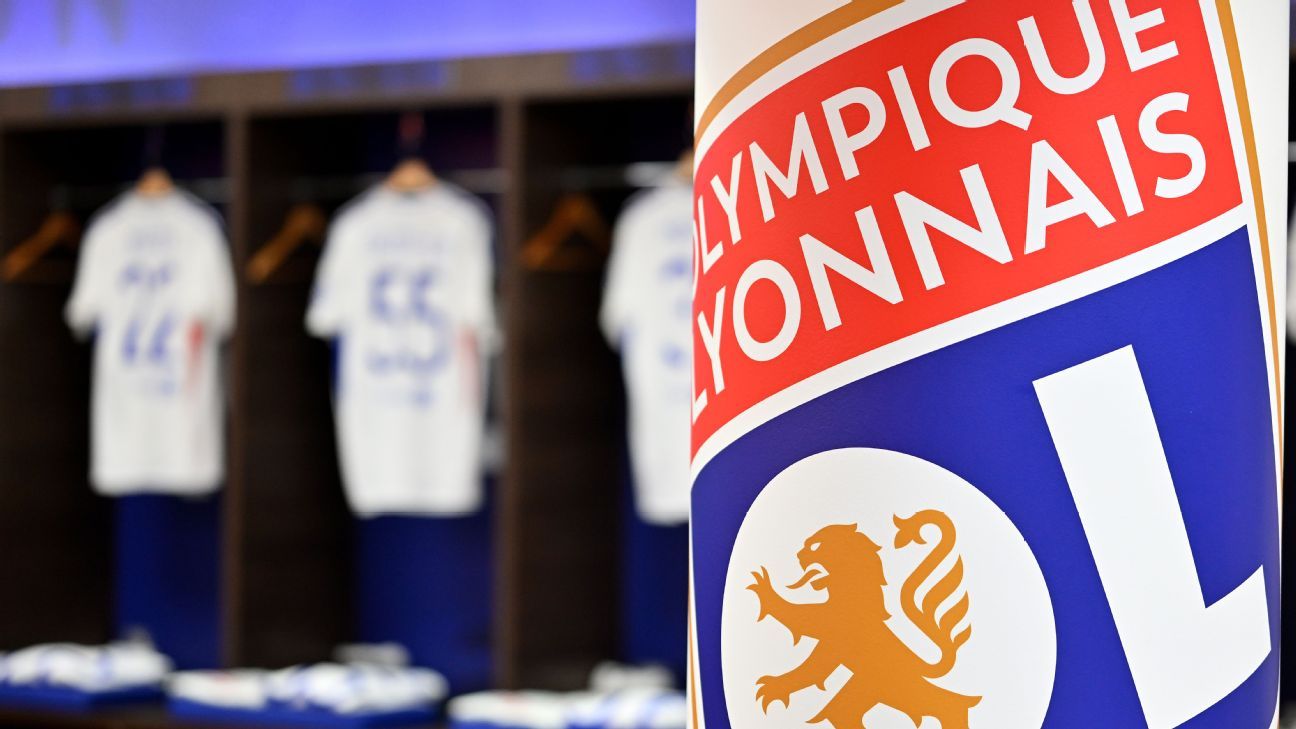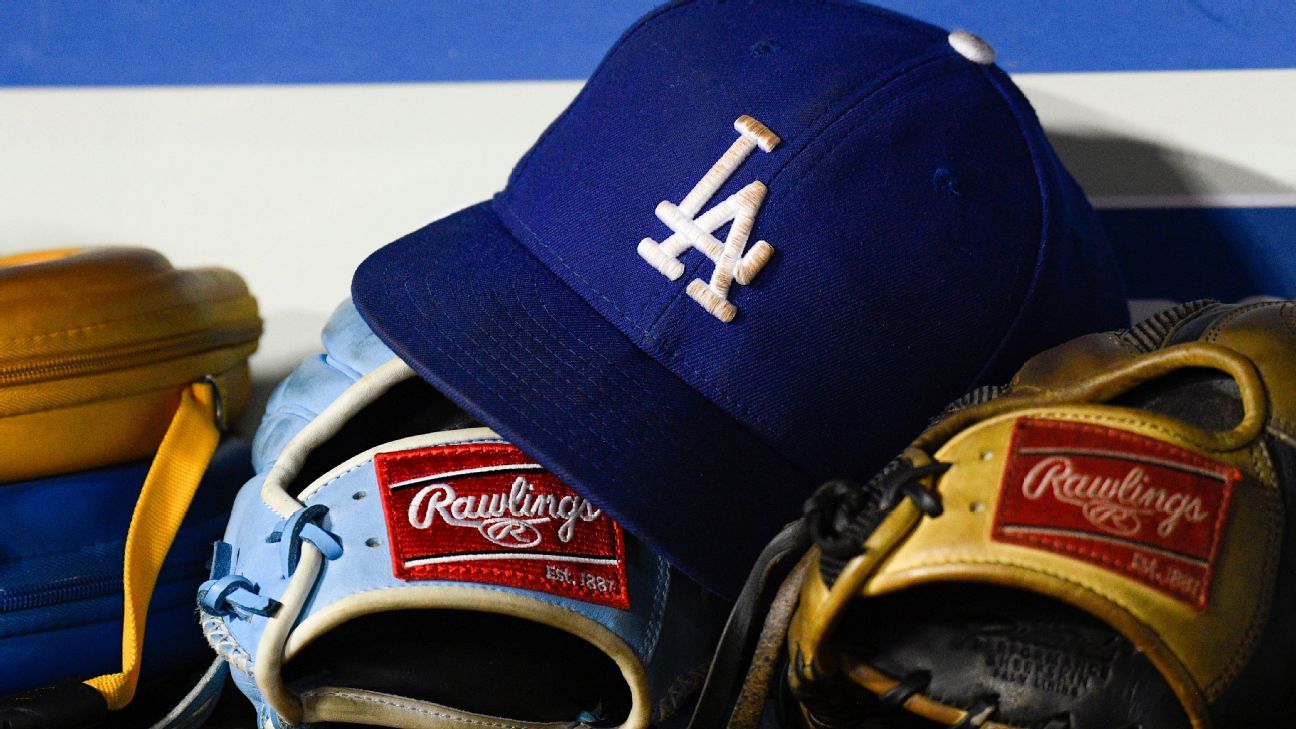
Early this past season, Lance Lynn was wearing his fourth uniform in less than two years, and his pitching was a mess. On May 4, he walked five batters and struck out only three, giving up five runs and inflating his ERA to nearly 6. He was in the second month of a three-year deal with the Texas Rangers, he was about to turn 32, and at this point in his career he was a pitcher you were pretty sure you understood.
Two years earlier, as a Cardinal, Lynn had thrown more sinking fastballs than four-seamers. But as a Ranger, he reimagined himself: After May 4, almost 80 percent of his fastballs were four-seamers. He also threw his slider -- some call his a cutter -- more than he ever had. He even added a tick of velocity to all of his pitches. "Faced with a crisis that could have sent his season into a death spiral, Lynn was willing to accept and embrace the data-heavy approach of the coaching staff," Evan Grant later wrote for the Dallas Morning News.
These were not the small adjustments a pitcher is always working on with his pitching coach. These weren't tweaks to make sure he was repeating his delivery and throwing with conviction and managing his fatigue. This was a radical reinvention of who Lynn was. He'd always pitched as if his strength was one thing. The Rangers convinced him the exact opposite was true. It worked. To wit:
Lynn would finish fifth in the American League Cy Young race.
He ranked second among all AL pitchers in FanGraphs' WAR model.
Through July 2019, he had had one start in his career with more than 20 swinging strikes. In the final two months of the season, he had four.
"You have to be willing to [adapt] or you are going to be out of the game," Grant quoted Lynn as saying. "I'm getting better as an old-school pitcher by using new-school stuff." Wrote Grant: "Lynn said the new approach is 'more fun.' He acknowledged the puzzle of pitching is more difficult to solve than ever before, but also more satisfying to do so."
Would this all have happened if Lynn was still a Cardinal? Or a Twin? Or even a Yankee? Or were the Rangers, of all 30 teams, the one that most clearly saw the necessity of these changes? If they were, then were they also the ones who were most qualified to make the case to Lynn? And did that make Lynn more likely to accept more radical recommendations than he would have if they'd come from anybody else? In a way, these questions -- applied to Lynn, and maybe also to DJ LeMahieu, and to Charlie Morton, and to Robinson Chirinos, and to Nelson Cruz -- are among the most significant questions hanging over this year's free-agent class.
The conventional wisdom: Players who leave their teams do worse than those who stay
For as long as there has been free agency, there have been efforts by teams to restrict just how free it is. The original plan was to limit how many teams could actually negotiate with free agents, but that was a convoluted failure, so owners bargained for "free-agent compensation." Those are the draft picks teams have to give up if they sign a good player who had been with another team. Compensation isn't really the right word for it, though. The purpose is to restrict player movement by taxing teams that sign another club's players, and by taxing players who sign elsewhere.
But little did teams know there was already a sort of a tax in place, one that occurred naturally: Players who signed elsewhere seemed to perform worse than players who re-signed with their original teams.
This was the finding of sabermetric writer Matt Swartz, first at Baseball Prospectus, then in the Hardball Times. "When a player reaches free agency, his former club must have more knowledge about him than potential new teams," he wrote in the 2012 Hardball Times Annual. "How could it not? It has employed him and worked with him daily. But does this extra information matter? Does another team's extra knowledge about a player affect the market? Should GMs think twice before signing a free agent from another team? Yes, a thousand times, yes."
Swartz called this the OPP Premium. He found, in 2012, that teams had paid 39% more for Other People's Players than for their own players. If you were a team and you believed that, it might make you less eager to sign a free agent from another team. The owners' wishes -- that player mobility be taxed -- was seemingly being done for them.
But is it still true?
The new reality: Change is good
Last spring, Ben Lindbergh and Travis Sawchik published "The MVP Machine," a book about player development. If the first phase of sabermetrics was about using better information to identify the best players, the authors argued that the new one -- the one we're in now -- is all about using information to improve players. An explosion of new data available to all teams -- spin rates and spin axes and high-speed video of pitches leaving fingertips -- made it possible for teams to understand other teams' players at a nearly molecular level.
The book is filled with stories of players who were languishing until they found the right new team, the right new teammate or the right new coach, who told them something about themselves they hadn't seen. For example, Justin Verlander, who reached new peaks after the Tigers traded him to Houston: "What they're good at is telling you what you're good at," Verlander said. "I didn't realize that my two-seamer was an ineffective four-seamer, basically." Houston introduced him to high-speed cameras that helped him turn his slider into an elite pitch. And, once Verlander had bought in, his stature in the clubhouse made it easier for Houston to convince other acquisitions to make changes, including Gerrit Cole and Ryan Pressly. "During the '80s and '90s, it was steroids," Seattle Mariners director of player development Andy McKay told the authors. "And now it can be new information."
Of course, it doesn't matter if Houston or New York or Texas knows how to make you a superstar if Houston or New York or Texas doesn't acquire you. Free agency makes it possible for them to: If, out of 30 teams, one thinks it has the One Neat Trick to make a player better, that team has the incentive to bid more to sign him. And, while some players might be more receptive to advice from coaches they've known a long time, others might be more receptive to hearing from new coaches. As any parent who sees their child talk back at home but listen to a cool teacher or aunt knows, familiarity can breed complacency and contempt.
In 2017, Swartz revisited the topic with updated data. He found the tax still existed, but it was "eroding." He hasn't looked again in the three seasons since, but he tells us, "I wouldn't be surprised if it disappeared entirely since. I think the gap came from an information gap, and with so much extra information available to everyone, I would bet it closed. Plus, the Nationals crushed on acquiring other team's free agents and may have weighed the results in the other direction." Swartz is a consultant with the Nationals now.
So I looked. I used a different pool of free-agent contracts than Swartz did in his initial studies. Like him, I wanted to limit the inquiry to somewhat high-profile free agents, as opposed to, say, players who were waived and signed minor league deals. But I also wanted to expand the pool, especially with only three years of data to collect. So I included every player listed on MLB Trade Rumors' annual Top Free Agents list, along with anybody who signed a multiyear deal in any of the past three offseasons. I didn't include players signed out of foreign leagues.
That gave us about 190 free-agent deals, including 41 players who re-signed with a team they'd been with the previous season. Here's how much each group has been paid (so far) for their production (so far):
2016-17: $11.1M/WAR re-signed; $18.3M/WAR signed elsewhere
2017-18: $11.2M/WAR re-signed; $13.8M/WAR signed elsewhere
2018-19: $12.3M/WAR re-signed; $6.6M/WAR signed elsewhere
Combined: $11.3M/WAR re-signed; $11.8M/WAR signed elsewhere
There is, as you see, the potential for a lot of fluctuation from year to year. But over the past three years, the gap between players who signed elsewhere and who re-signed is negligible. And in 2018-19 specifically, it inverted: Players who signed elsewhere, including Cy Young candidate Charlie Morton and MVP candidate LeMahieu, were much more productive than the players who re-signed with their original teams. (WAR, in this case, refers to Baseball Prospectus' model, which uses a slightly higher replacement level than Baseball Reference and FanGraphs models.)
If we limit the survey to only multiyear contracts, as Swartz did originally -- to really focus on more premium free agents -- the OPP players (those who signed elsewhere) actually produced more for less over the past three years. If we limit it to just hitters, the OPP players win again. The re-signed pitchers were better than the OPP pitchers over the three-year period, but only because of a disastrous group of OPP pitchers signed in the 2016-17 offseason. Over the past two years, the OPP pitchers were better than the re-signed pitchers.
That's certainly not conclusive of anything: It's a small sample, it's based on player value that can only be measured imprecisely, it uses average annual salaries that might not capture the complexities of player compensation, and so on. But it fits with the larger story of player development that we've been hearing from players, teams and writers. For instance, here's Zack Britton, a few months after he joined the New York Yankees in 2018:
"I'd never been exposed to that amount of information. And it's not just, 'Here's a stack of stuff to look over.' It's [targeted] to each individual player. I don't want to get into specifics, but some of it is how my ball moves, both my sinker and my slider, compared to different hitters' swings. It kind of opens your eyes to things you maybe didn't think of when you didn't have that information."
Britton was acquired in summer, and then he re-signed with the Yankees last offseason, which means he's a "re-signed" player in our survey. But what he describes is a promising view of free agency and player mobility: Moving isn't a tax. It's an opportunity.
From Silicon Valley to the baseball diamond
There's a theory that part of what made Silicon Valley such a center of technological innovation was that, through an accident of history, non-compete clauses were illegal in California. Employees were constantly moving between companies, sharing insider information with their new co-workers, so that the crucial piece of information needed for new leaps forward could never be kept secret. "Such dissemination, known among economists as 'knowledge spillover,' spurs innovation," Charles Duhigg wrote in the New Yorker. "Recent studies suggest that, in some industries, allowing employees to move freely among companies can dramatically increase the pace of innovation."
A version of that might be happening in baseball, through free agency. Players who leave one team for another aren't necessarily suffering from having to learn a new city and a new ballpark. They might instead be benefiting from exposure to a new front office, new technology, new teammates -- all the new information that can unlock something in their career.















 Phone: (800) 737. 6040
Phone: (800) 737. 6040 Fax: (800) 825 5558
Fax: (800) 825 5558 Website:
Website:  Email:
Email: 






